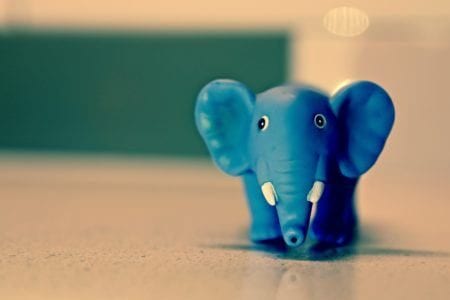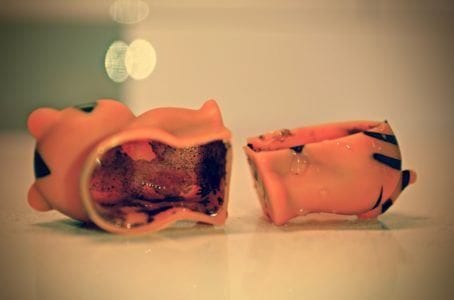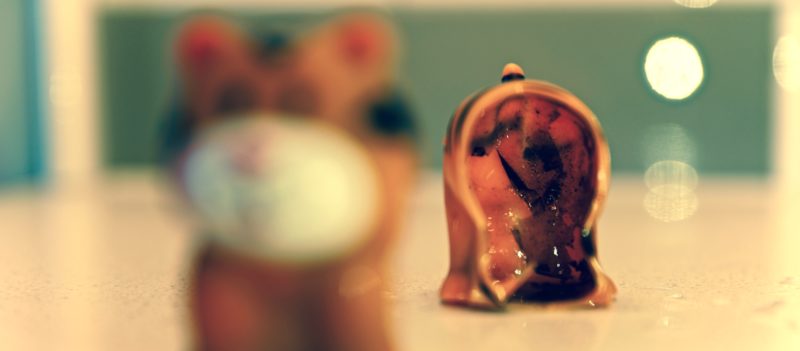You’ve just seen it, but what is it? That black “stuff” that sometimes comes out of bath toys and swims around with your children in the bathtub.
It’s mold. The same stuff you’ve probably seen on humidifiers, or anything else that is wet for an extended period of time.

Why Is There Mold In My Kids Bath Toys?
Mold grows on bath toys because they are kept in wet environments. Water plus a source of carbon – like bath soap – equals mold.
Additionally, bath toys often have small holes that make them fun for kids to squirt water but makes them almost impossible to get all of the water out.
Unless you meticulously dry every bath toy after each of your child’s baths the toys will eventually grow mold.
How Dangerous Is Mold?
Mold is most harmful if it is swallowed. If you think your child may have swallowed some bath water that had mold in it, relax, it was most likely not enough to make him or her sick.
If the mold does affect the child, you will probably see vomiting, diarrhea or an upset stomach.
Mold becomes a more serious concern if your child has a mold allergy or compromised immune system. You’ll know if your child is allergic if you see a rash or symptoms such as coughing and itchy eyes. If your child has a reaction to mold it’s best to make an appointment with your pediatrician as soon as possible to come up with an effective treatment plan.
 What To Do If You Find Mold
What To Do If You Find Mold
As parents of small children know, if they can grab it, it will end up in their mouths. That is why when you see mold on a toy it’s best to throw it away. Ingesting a small amount of mold is not a major concern, but you don’t want your children constantly chewing on moldy toys.
If the toy is expensive, or special to your child, you can clean it with a mixture of bleach and water. Put the toy in a mixture of ¾ of a cup of bleach and one gallon of water overnight and then let it air dry. If you don’t see or smell any mold on the toy it’s safe to go back in the bath, but keep an eye out for any mold regrowth.
Tips for New Toys
- The best bath toys are those that do not have holes that water can get into, but not get back out. Some “rubber ducky” type toys don’t have the squirty hole, and those can be a good option as well.
- Look for toys made of solid plastic or ones that can be opened up to fully dry.
All toys should be fully dried after each bath to avoid mold growth. Shake them off well and set them on the side of the tub to dry overnight before you put them away in a cabinet or back in a bin.
For more information, please contact our Drug and Poison Information Center at 1-800-222-1222. Our specialists are available to help you and your family 24/7.

